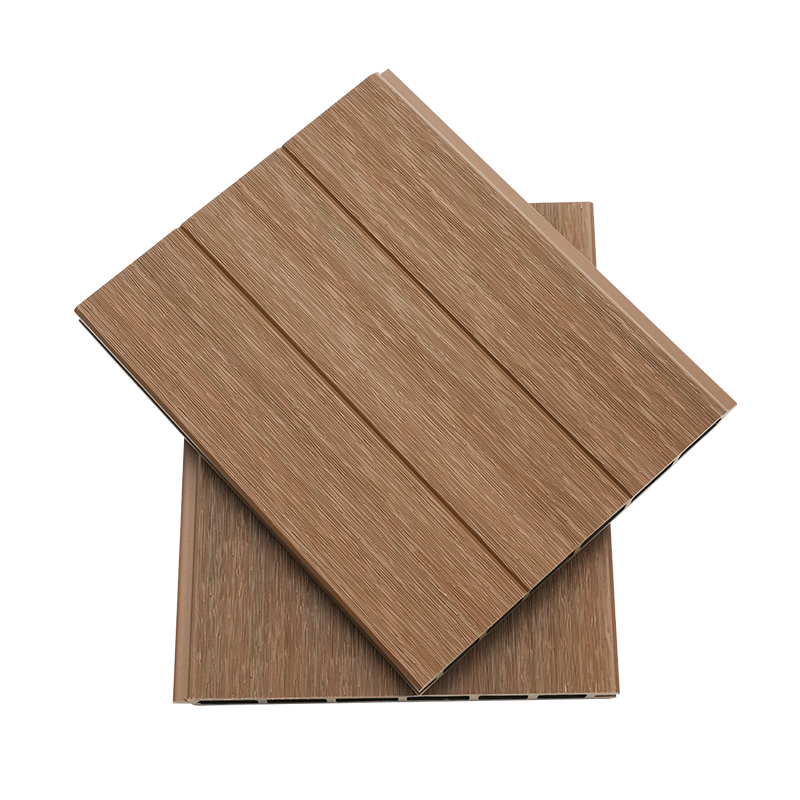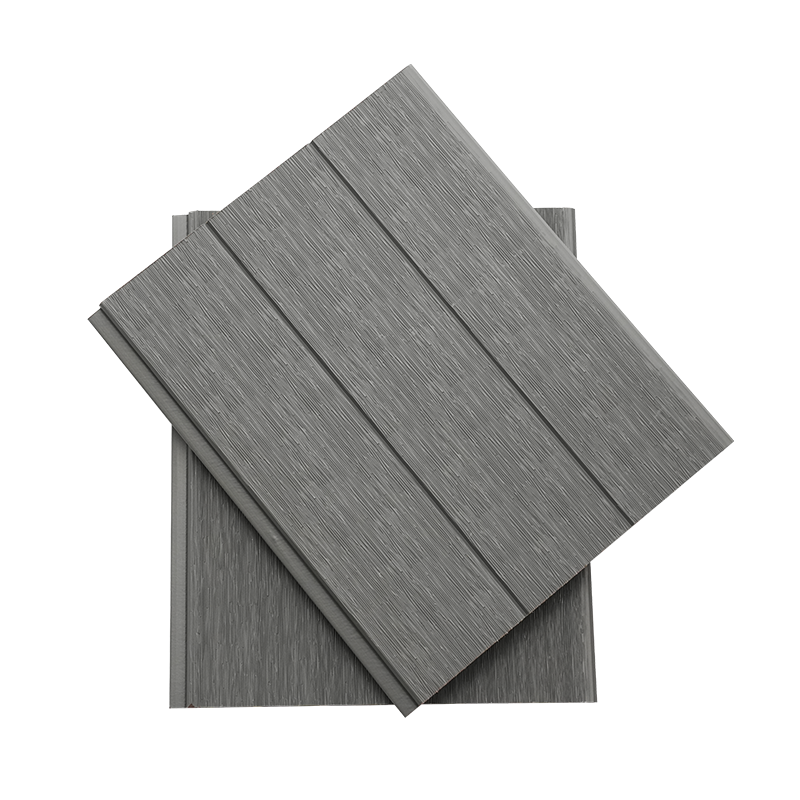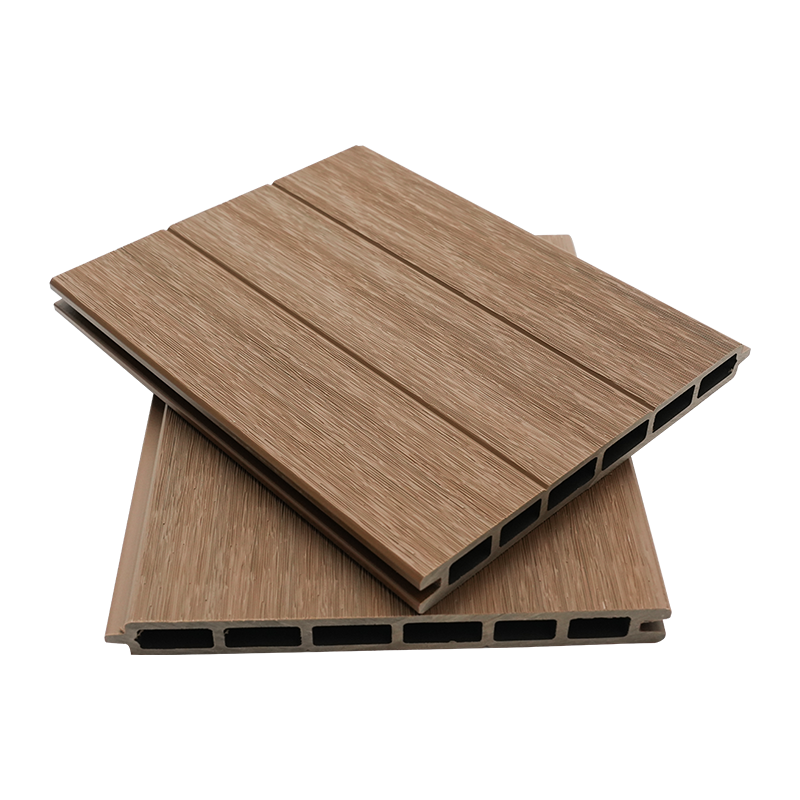If you need any help, please feel free to contact us
WPC composite decking boards have rapidly gained popularity in both residential and commercial outdoor projects due to their durability, low maintenan...
READ MORE





Courtyard fences play an important role in security protection. Wood-plastic fences are not only practical but also extremely loyal. They can be designed into various styles to meet different aesthetic needs. Compared with traditional wooden or metal fences, colorful fences have stronger weather resistance, waterproofness and fire resistance, and will not easily deform, fade or be eroded. The application scenarios of wood-plastic fences are very wide, ranging from simple partitions to complex protective structures. The height and spacing design can provide sufficient security.

WPC composite decking boards have rapidly gained popularity in both residential and commercial outdoor projects due to their durability, low maintenan...
READ MOREIn the evolving landscape of outdoor construction materials, homeowners, landscapers, and architects are increasingly exploring alternatives to tradit...
READ MOREIntroduction As outdoor living spaces continue to evolve, WPC composite decking boards have become one of the most favored materials for patios, balco...
READ MOREIntroduction Outdoor decking materials face constant challenges from moisture, UV radiation, temperature fluctuations, and biological decay. Over time...
READ MOREIn the evolving landscape of architectural materials, modern exterior siding panels have become a focal point for builders seeking both performance an...
READ MOREWhen it comes to designing outdoor areas—whether a residential backyard, a commercial patio, or a public garden—fencing plays a dual role: it defines boundaries and enhances aesthetics. However, traditional materials like wood, metal, and vinyl often struggle to balance durability, maintenance, and sustainability. This is where WPC Composite Fencing Board Panel enters the scene, offering a blend of wood fibers and plastic polymers. But is it truly the optimal choice for your project? Let’s explore the science, benefits, applications, and considerations.
This fencing material is engineered by combining recycled or virgin wood fibers (such as pine, oak, or bamboo) with thermoplastic polymers (like polyethylene, polypropylene, or PVC). The process involves mixing, extruding into panels, and cooling to standard sizes.
Unlike solid wood, which is prone to warping and rotting, or pure plastic, which lacks natural texture, these composite panels merge the best of both. The wood fibers provide a warm, organic appearance, while polymers add water resistance, UV stability, and strength. Additives like anti-oxidants and mold inhibitors further enhance performance outdoors.
A typical ratio is 50–70% wood fibers and 30–50% plastic, striking the balance between brittleness and porosity—ideal for long-term outdoor use.
The durability of these boards lies in their chemical and physical properties:
Unlike timber that needs annual painting or vinyl that yellows, composite fencing only requires occasional cleaning with soap and water—saving both time and money over its 15–25 year lifespan.
Made with recycled fibers and plastics, this option reduces landfill waste and minimizes demand for virgin materials. No chemical treatments are needed, making it safe for gardens, pets, and water-adjacent areas.
Panels come in multiple colors and textures, from oak-like grains to sleek modern tones. Uniform appearance ensures design consistency across large projects, while panels can be cut or drilled like wood for custom designs.
Though initial costs are higher, overall lifetime expenses are far lower than wood, thanks to minimal maintenance and durability—especially important for commercial and large-scale projects.
Companies like Jiangsu Xuanhui New Material Technology Co., Ltd. provide high-quality composite fencing, focusing on recycled materials, durability, and modern aesthetics. Their technical support also helps ensure correct installation and long-term performance.
WPC Composite Fencing Board Panel proves to be a practical combination of durability, low maintenance, eco-friendliness, and design flexibility. Despite higher upfront costs, long-term savings and sustainability make it an ideal choice for homes, businesses, and public projects.
As the industry continues to move toward greener, longer-lasting solutions, this fencing material isn’t just a trend—it represents the future of outdoor boundaries.